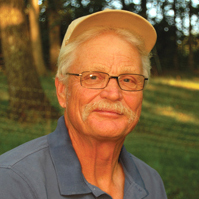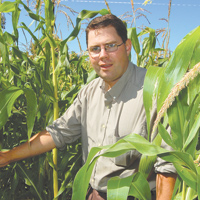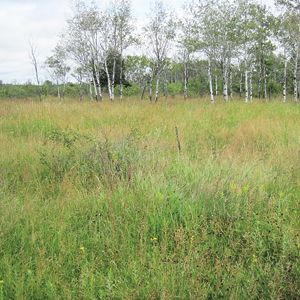Apprentice program offers an opportunity
Colfax, Wisconsin — “I’ve enjoyed farming all my life.” With that statement, Chuck Flodquist may be speaking for quite a few veteran dairy graziers who would love to keep living the life.
But reality eventually comes calling. At retirement age, and three years past a back injury, Chuck recognizes he won’t be running his grass-based dairy forever. The 400-acre farm is a great place to grow grass and milk cows, and the steep slopes are better kept in forages than corn and soybeans. Continue reading “Passing a life’s work to a new generation”





